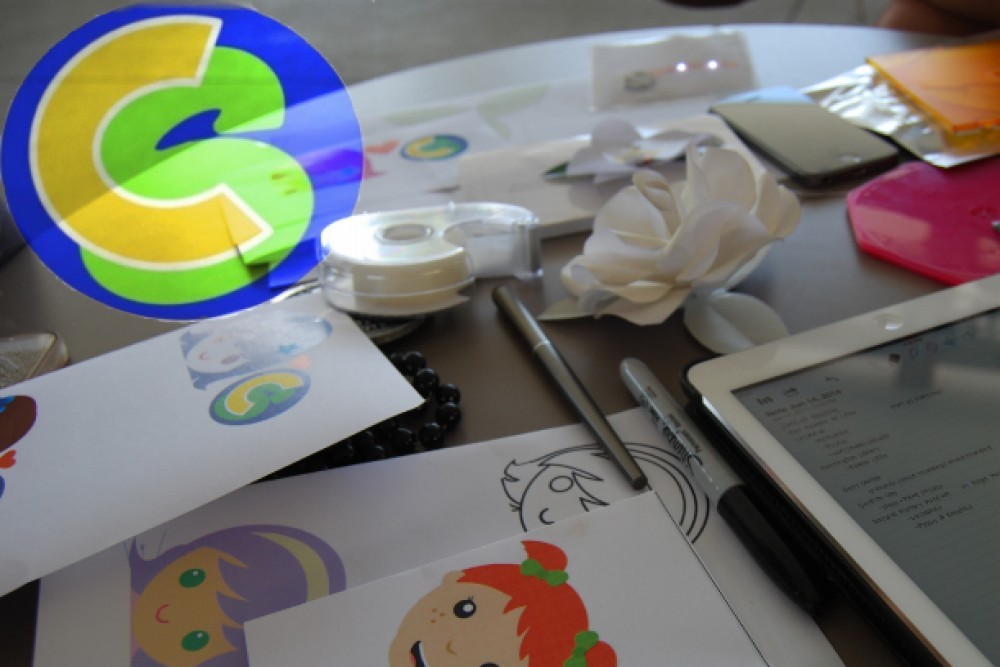Barker, S. B., & Ansorge, J. (2007). Robotics as means to increase achievement scores in an infor- mal learning environment. Journal of Research on Technology in Education, 39(3), 229–243.
Blank, D., & Kumar, D. (2010). Assessing the impact of using robots in education, or: How we learned to stop worrying and love the chaos. Technical Report of the 2010 Associate for the Advancement of Artificial Intelligence Spring Symposia, SS-10-03, (pp. 3-7).
Massey, C. (2004). Agents for change: Robotics for girls: A robotics curriculum for middle school years. Pennlics. Retrieved from http://www.cis. upenn.edu/~ircs/pennlincs/
Massey, C., & Roth, Z. (1997). Science for young learners: Foundation-building classroom cur- riculum. Paper presented at the Annual Meeting of the American Educational Research Associa- tion, Chicago.
Miller, D., & Stein, C. (2000). ‘So that’s what pi is for!’ and other educational epiphanies from hands on robotics. In Druin, A., & Hendler, J. (Eds.), Robots for kids: Exploring new technolo- gies for learning (pp. 220–243). San Diego, CA: Academic Press.
Church, W., Ford, T., Perova, N., & Rogers, C. (2010). Physics with robotics: Using LEGO MINDSTORMS in high school education. Techni- cal Report of the 2010 Associate for the Advance- ment of Artificial Intelligence Spring Symposia, SS-10-03, (pp. 47-49).
Nourbaksh, I. (2009). Robot diaries: Creative technology fluency for middle school girls. IEEE Robotics & Automation Magazine, 18(1), 16–18. doi:10.1109/MRA.2008.931646
Nourbaksh, I., Hamner, E., Lauwers, T., DiSalvo, C., & Bernstein, D. (2007). TeRK: A flexible tool for science and technology education. Technical Report of the 2007 Association for the Advance- ment of Artificial Intelligence Spring Symposia, SS-07-09, (pp. 118-123).
Osborne, R. B., Thomas, A. J., & Forbes, J. (2010). RoboCupJunior primer: Expanding educational robotics. Technical Report of the 2010 Associate for the Advancement of Artificial Intelligence Spring Symposia, SS-10-03, (pp. 52-54).
